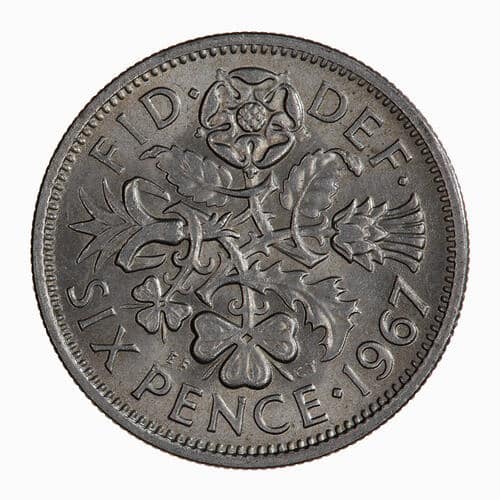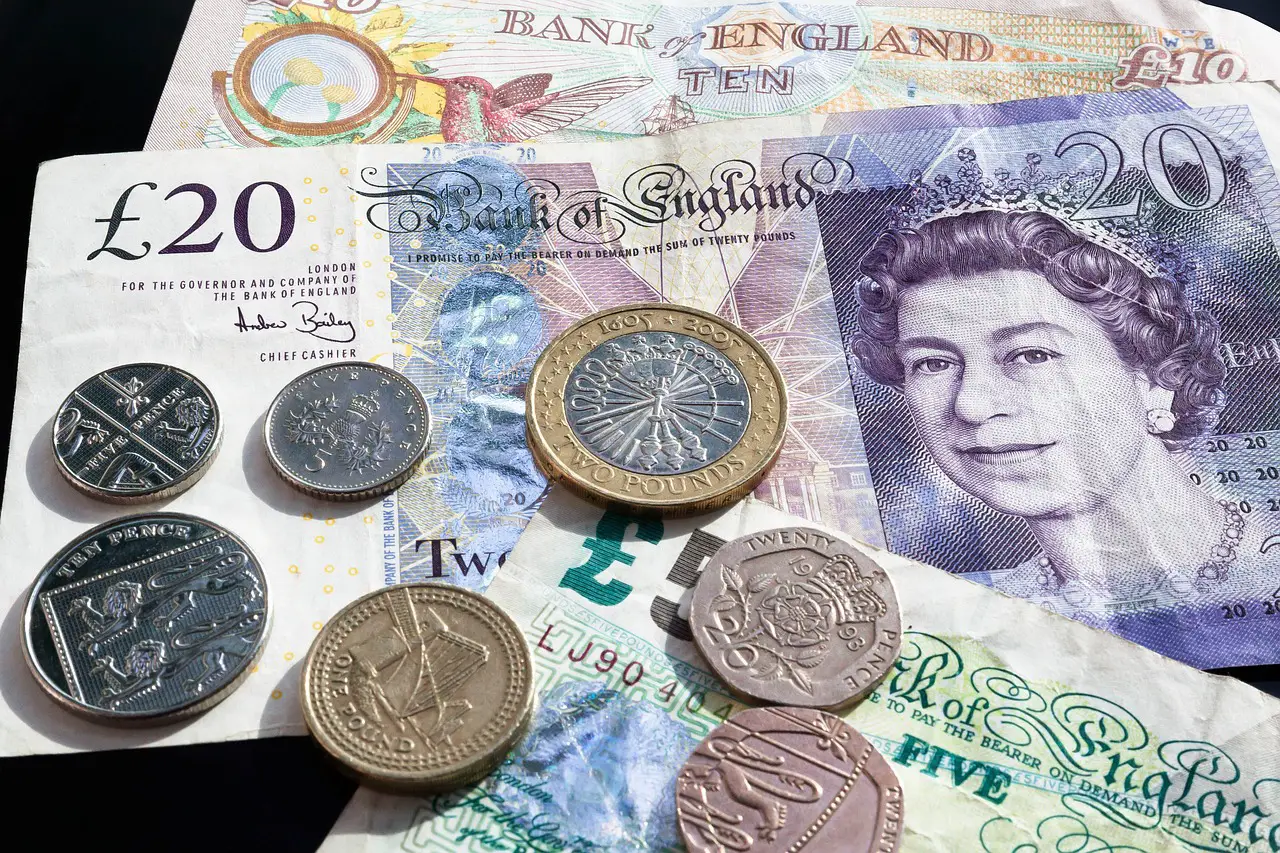Old coin nicknames have played a significant role in our history, not only as a means of exchange but also as objects that reflect the culture and identity of a nation. Over the years, British coins have acquired colloquial names or nicknames that have become deeply intertwined with the fabric of society. These nicknames, such as quids, bobs, and tanners, evoke a sense of nostalgia and add a touch of charm to our monetary system. In this article, we will delve into the origins of these old coin nicknames, exploring their etymology and unraveling the intriguing stories behind them.
Quid – A Pound Sterling
One of the most commonly used nicknames for the British pound is “quid.” The term “quid” has been in use since at least 1661 and is synonymous with the pound sterling. However, its exact origin remains a subject of debate. One plausible theory suggests that “quid” derived from the Latin phrase “Quid pro quo,” meaning “something for something” or “this for that.” Another theory suggests that the term may have roots in the uncertain origins of the word “sterling,” which is another name for the pound.
Bob – A Shilling
The shilling, a coin with a long history in British currency, was often referred to as a “bob” before decimalization. The etymology of this nickname is a matter of speculation. Some believe that “bob” derived from the word “bobstick,” while others suggest a connection to Sir Robert Walpole, the Prime Minister during the 18th century. Walpole’s reduction of the Land tax from 4 shillings to one would have made him popular among the people, possibly leading to the adoption of the term “bob” to refer to a shilling.

Florin – Two Shillings
The term “florin” refers to a coin worth two shillings. Its name can be traced back to a gold coin minted in Florence, Italy, in 1252, known as the “fiorino d’oro.” The Italian Gold Florin became the dominant trade coin in Western Europe, inspiring the creation of similar coins in other countries. In 1344, Edward III introduced the “Florin” or “Double Leopard” in England, weighing 6.998g and worth 6 shillings. However, due to their underweight, these coins were melted down to make gold nobles.

Tanner – A Sixpence
In colloquial language, people commonly referred to the sixpence, which was equivalent to half a shilling, as a “tanner.” Two potential explanations propose the origin of this nickname, though its certainty remains uncertain. One possibility is that “tanner” derived from the Romany word “tawno,” meaning “small thing.” Another theory suggests that the nickname may have emerged from the fact that, in Victorian times, people could bend a sixpence by hand due to its thinness, allowing them to leave their mark on the coin.

Joey – A Silver Threepence
Before the introduction of the 12-sided brass threepenny bit, people affectionately knew the threepence as a “Joey.” Originally, the term “Joey” referred to a groat (4 pence), but when it went out of circulation in 1855, the silver threepence inherited the name. The politician Joseph Hume earned the nickname “Joey” for his campaign to re-issue the 4d Britannia Groat, aimed at preventing cabbies from pretending not to have change for short cab rides.

Since Decimalization
With the advent of decimalization in 1971, the old coin nicknames slowly faded away, as the new decimal coins were introduced with their own names. However, some old nicknames still persist, such as “quid” for the pound and “nuggets” or “sovs” for one pound coins due to their gold color. The introduction of the two-pound coin also led to its nickname as a “beer token” since its value coincided with the price of a pint of beer. Nevertheless, as our society becomes increasingly cashless, these newer monikers may eventually become obsolete.
The End of an Era
It is intriguing to observe how nicknames for coins have played a significant role in our cultural history. They reflect a time when loose change in our pockets meant a night out or a small luxury. However, as our reliance on physical currency diminishes, these nicknames may become relics of the past. The rise of plastic cards, contactless mobile payments, and cryptocurrencies suggests that we are heading towards a cashless society. As we embrace this digital future, the sentimental value of old coin nicknames and the stories behind them will continue to endure.
Conclusion
The colloquial names of British coins have provided us with a delightful glimpse into the history and culture of our nation. From the mysterious origins of “quid” and “bob” to the trade routes that inspired the name “florin,” each nickname carries its own unique story. While the advent of decimalization has brought an end to the widespread use of these old coin nicknames, they remain a cherished part of our heritage. As we move towards a cashless society, let us not forget the charm and nostalgia associated with these familiar names that once filled our pockets.
